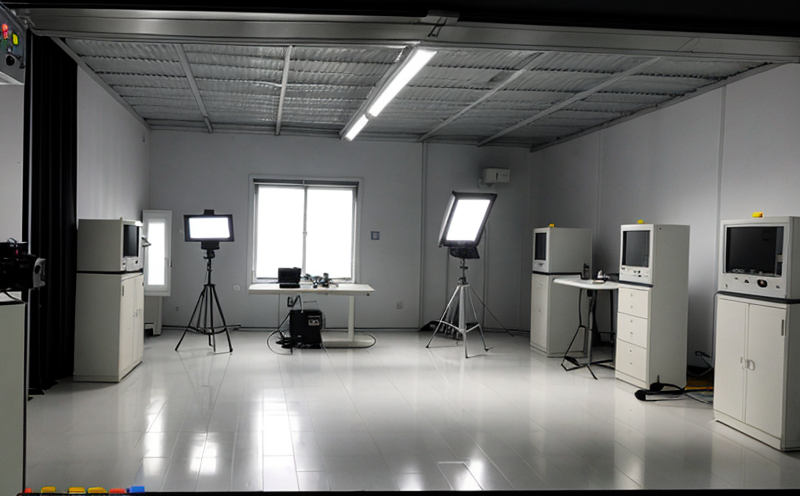ASTM E903 Photometric Testing of Solar Reflectance
The ASTM E903 standard provides a comprehensive approach to photometric testing, which is crucial for evaluating the solar reflectance properties of materials used in various sectors such as construction and automotive. This service ensures that manufacturers adhere to industry standards, thereby enhancing product quality and compliance.
Photometric testing under ASTM E903 involves measuring the total hemispherical reflectance (THR) of a material's surface. THR is an important metric because it quantifies how much light reflected from a surface will contribute to reducing urban heat island effects, thereby promoting sustainable design practices in architectural and construction projects.
The process begins with meticulous preparation of the specimen according to ASTM E903 requirements. This includes cleaning the sample thoroughly to minimize any external factors that could influence reflectance readings. The specimen is then mounted on a support holder designed to maintain consistent positioning during testing.
Testing typically takes place in controlled environments equipped with high-precision integrating spheres and spectrophotometers capable of measuring reflected light across a broad spectrum. The apparatus used must meet stringent ISO standards, ensuring accurate and reliable data collection. After the measurement process is completed, raw data undergoes rigorous analysis to calculate THR values.
The results provide valuable insights into how effectively the tested materials can mitigate overheating in buildings by reflecting sunlight away from their surfaces. This information is invaluable for R&D teams looking to innovate sustainable solutions or quality managers ensuring products meet regulatory requirements.
In real-world applications, ASTM E903 photometric testing plays a pivotal role in selecting appropriate materials for green building certifications like LEED and BREEAM. By providing precise reflectance measurements, this service helps architects and designers make informed decisions about material selection that contribute to energy efficiency and environmental sustainability.
Moreover, compliance with ASTM E903 is essential when dealing with international projects where local regulations may vary significantly from country to country. Ensuring consistency across different markets becomes easier through adherence to this globally recognized standard.
Applied Standards
- American Society for Testing and Materials (ASTM) E903 provides the methodology for measuring total hemispherical reflectance of exterior surfaces using a spectrophotometer in conjunction with an integrating sphere.
- This standard ensures accurate determination of solar reflectance, which is critical for assessing thermal performance and sustainability aspects of architectural elements.
Benefits
- Evaluates the effectiveness of materials in reducing urban heat island effects by measuring their solar reflectance properties.
- Supports sustainable design practices that contribute to energy efficiency and environmental responsibility.
- Aids manufacturers in meeting stringent regulatory requirements for international markets, enhancing product compliance worldwide.





